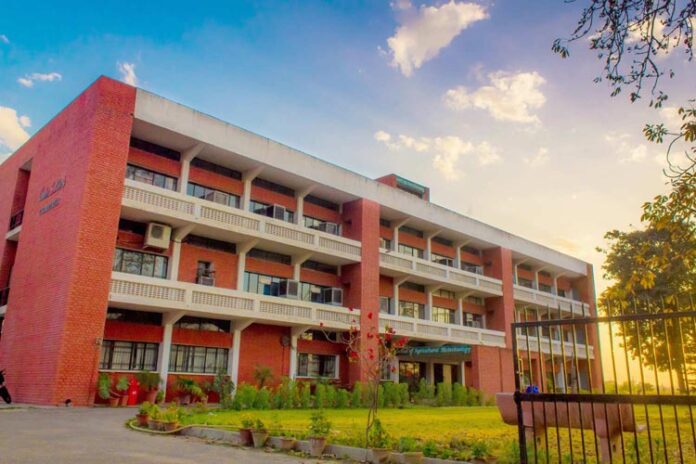Located in Ludhiana, Punjab, India, Punjab Agricultural University (PAU) is a renowned centre for agricultural research and education. It was founded in 1962 with the intention of serving the state of Punjab and advancing regional agriculture. PAU is renowned for its substantial contributions to extension services, education, and research in agriculture.
Research
PAU is actively engaged in agricultural research in a number of fields, including agricultural economics, agricultural engineering, crop sciences, horticulture, and animal sciences. The institution concentrates on creating innovative methods and technology to raise the sustainability and productivity of agriculture.
Education
Undergraduate, graduate, and doctorate programmes in agriculture and associated subjects are available at the institution. The goal of the academic programme is to give students the information and abilities they need to meet the difficulties of contemporary agriculture.
Extension Services
PAU is dedicated to providing farmers with access to technology and expertise through its extension services. The institution collaborates closely with farmers to train, advise, and distribute research findings on best agricultural methods.
Agricultural Improvement
PAU has developed high-yielding, disease-resistant cultivars of rice, wheat, and pulses, among other crops, making major contributions to agricultural improvement. The region’s agricultural productivity has increased significantly as a result of these upgraded cultivars.
International collaboration
To promote worldwide collaboration in the field of agriculture, the university works with numerous national and international agricultural research organisations, universities, and institutions.
Programmes for International Agriculture
The university takes part in international agricultural projects and alliances, advancing agricultural research and development worldwide. The international interchange of concepts, knowledge, and technologies is made possible by this exposure.

































